Health & Science
The real danger of red meat; A hint of dark matter; A machine that ‘sees’ dreams; Attack of the mutant crabs
The real danger of red meat
Eating lots of red meat increases your risk of heart disease, but fat and cholesterol are not the only culprits. Researchers have discovered that a chemical in red meat called carnitine promotes a type of gut bacteria that, in turn, produces a compound called TMAO that literally hardens arteries. When researchers fed steaks to a group of regular meat eaters and a vegan and tested their blood, they found that TMAO levels spiked in the meat eaters but not in the vegan. The reason, confirmed by a broader study, is that vegans have fewer of the gut bacteria that convert carnitine into TMAO. “The bacteria living in our digestive tracts are dictated by our long-term dietary patterns,” Cleveland Clinic researcher Stanley Hazen tells Bloomberg.com. “A diet high in carnitine actually shifts our gut microbe composition, making meat eaters even more susceptible to forming TMAO and its artery-clogging effects.” Figuring out which microbe species are responsible for increasing TMAO levels might lead to antibiotics that could prevent heart disease. Until then, Hazen recommends creating a healthier gut ecosystem by eating less red meat. “I used to have red meat five days out of seven,” he says. “Now I have cut it back to less than once every two weeks or so.’’
A hint of dark matter
The Week
Escape your echo chamber. Get the facts behind the news, plus analysis from multiple perspectives.

Sign up for The Week's Free Newsletters
From our morning news briefing to a weekly Good News Newsletter, get the best of The Week delivered directly to your inbox.
From our morning news briefing to a weekly Good News Newsletter, get the best of The Week delivered directly to your inbox.
Less than a year after spotting the Higgs boson, physicists are closing in on another elusive component of the universe: dark matter. Researchers analyzing data collected by the Alpha Magnetic Spectrometer, an instrument bolted onto the International Space Station, say they’ve detected what may be the first solid evidence of the mysterious stuff. Until now the chief sign of dark matter’s existence has been the gravitational pull it appears to exert on stars and galaxies, keeping the universe from expanding more quickly. “We live in a sea of dark matter,” Michael Salamon, a physicist at the U.S. Department of Energy, tells NPR.org. Scientists have calculated that dark matter makes up 27 percent of the universe, yet they know little about it. Researchers believe that when particles of dark matter collide, the resulting energy creates detectable particles called positrons. The Alpha Magnetic Spectrometer has so far detected 400,000 positrons that appear to be the products of such collisions, and researchers hope analysis will unlock new insights. “If we detect dark matter and learn something about its nature,” Salamon says, “we will have made a major impact to our understanding of physics and nature itself.”
A machine that ‘sees’ dreams
Japanese researchers have managed to partially decode dreams by scanning the brains of sleepers. Researchers used magnetic resonance imaging (MRI) to monitor the brain activity of three volunteers as they drifted off. They awakened them some 200 times as soon as they started dreaming to ask what they’d seen. They then programmed a computer to search for patterns in brain activity that corresponded to specific images—say, a human face—both while the subjects were asleep and awake. When they ran the program on the volunteers as they dreamed again, the researchers were able to predict what images they were seeing 60 percent of the time. “We’re all intrinsically interested in dreaming, but neuroscientists to this day aren’t certain what it does for us,’’ Jack Gallant, a neuroscientist at the University of California, Berkeley, tells the Los Angeles Times. This new program may be the first step, he says, toward a dream decoder that “would create a movie on your television screen and it would just replay your dreams.’’ Those movies might not be as riveting as you’d expect, says study author Yukiyasu Kamitani. Many of his subjects’ dreams, he says, “were just about daily life in the office.”
Attack of the mutant crabs
A free daily email with the biggest news stories of the day – and the best features from TheWeek.com
Human carbon emissions are making some shellfish more vulnerable to predators, putting the future of oysters and scallops, as well as coral, in peril. The oceans are soaking up a lot of the increasing levels of carbon in the atmosphere, and new research shows the added carbon is “causing oysters to grow slower, and their predators—such as blue crabs—to grow faster,” says University of North Carolina marine geologist Justin Baker Ries. In one study, Chesapeake blue crabs grew four times faster in high-carbon water than in low-carbon water. The pollution seems to have a similar supersizing effect on lobsters and shrimp, but it greatly retards the growth of oysters, scallops, and coral, making them more vulnerable to ever-larger predators. The imbalance could be disastrous for the Chesapeake Bay ecosystem, the nation’s largest estuary, where the oyster stock has already been decimated by disease and overfishing. Oysters, Ries tells The Washington Post, are not only a key food source for the bay’s blue crabs but also “filter feeders” that help purify the water. “One hundred years ago,’’ he says, “the bay was crystal-clear because they filtered it every three weeks, as opposed to every three years today.”
-
 The Trump administration says it deports dangerous criminals. ICE data tells a different story.
The Trump administration says it deports dangerous criminals. ICE data tells a different story.IN THE SPOTLIGHT Arrest data points to an inconvenient truth for the White House’s primary justification for its ongoing deportation agenda
-
 Ex-FBI agents sue Patel over protest firing
Ex-FBI agents sue Patel over protest firingspeed read The former FBI agents were fired for kneeling during a 2020 racial justice protest for ‘apolitical tactical reasons’
-
 The real tragedy that inspired ‘Hamlet,’ the life of a pingpong prodigy and the third ‘Avatar’ adventure in December movies
The real tragedy that inspired ‘Hamlet,’ the life of a pingpong prodigy and the third ‘Avatar’ adventure in December moviesThe Week Recommends This month’s new releases include ‘Hamnet,’ ‘Marty Supreme’ and ‘Avatar: Fire and Ash’
-
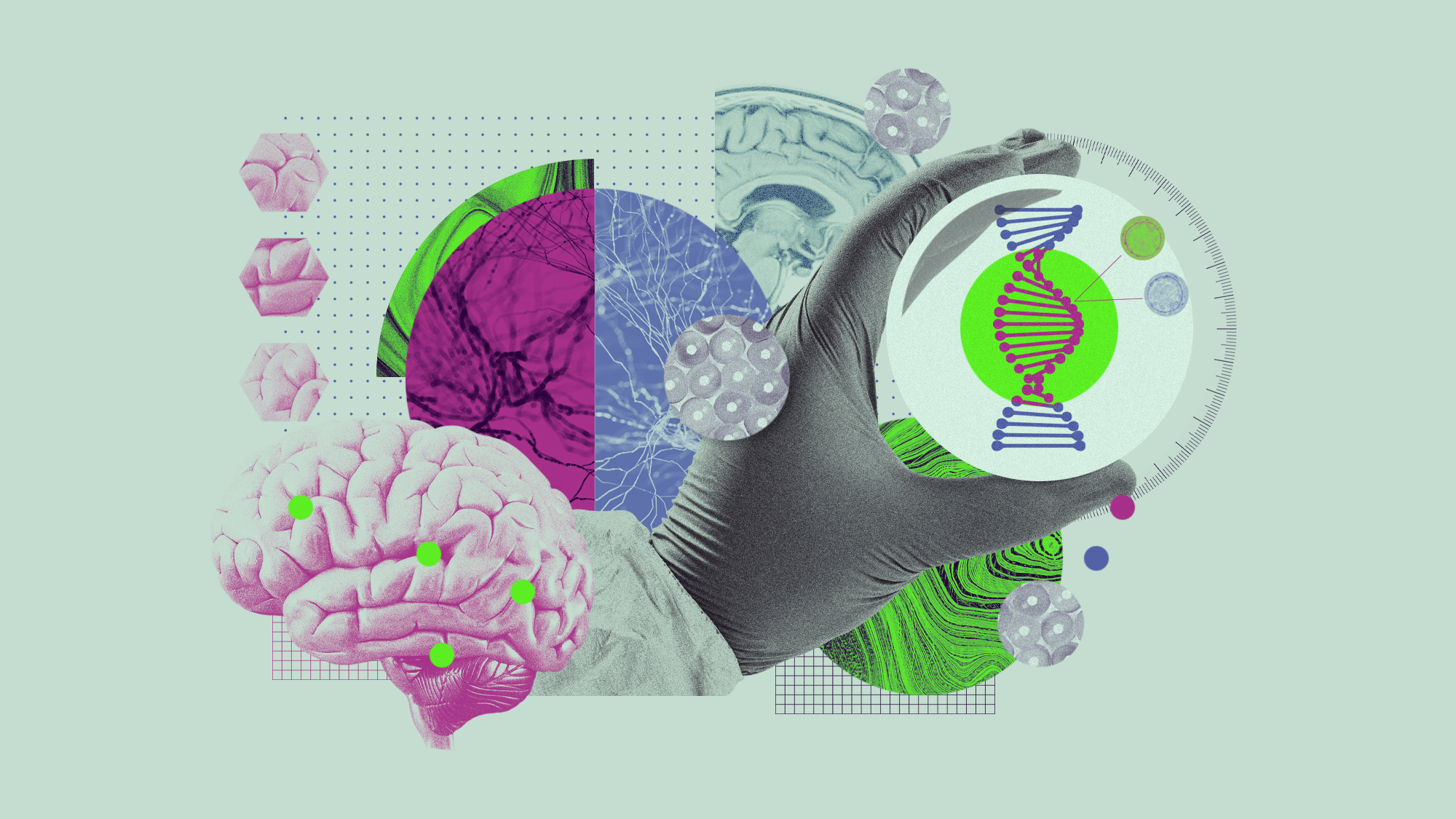 5 recent breakthroughs in biology
5 recent breakthroughs in biologyIn depth From ancient bacteria, to modern cures, to future research
-
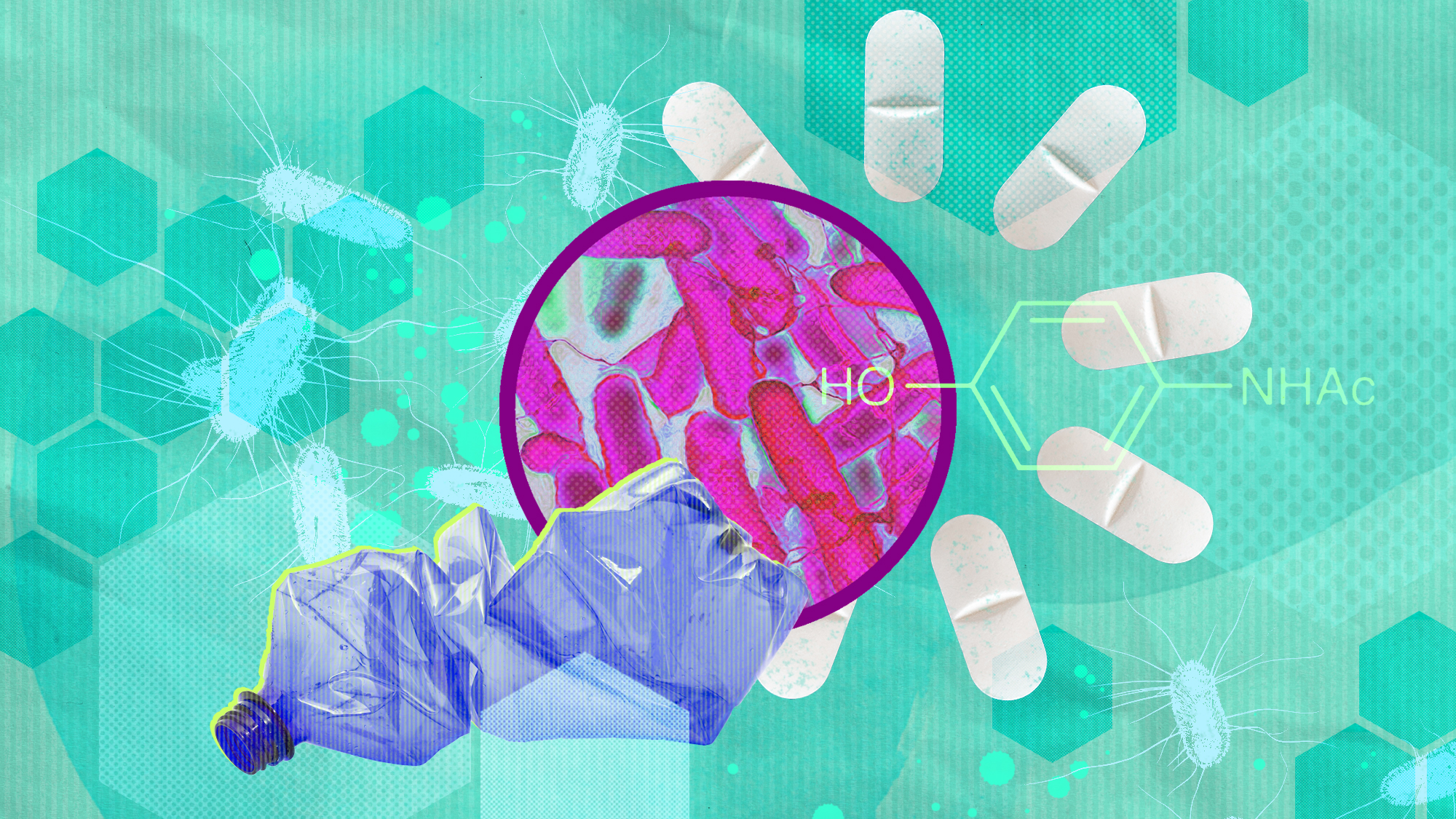 Bacteria can turn plastic waste into a painkiller
Bacteria can turn plastic waste into a painkillerUnder the radar The process could be a solution to plastic pollution
-
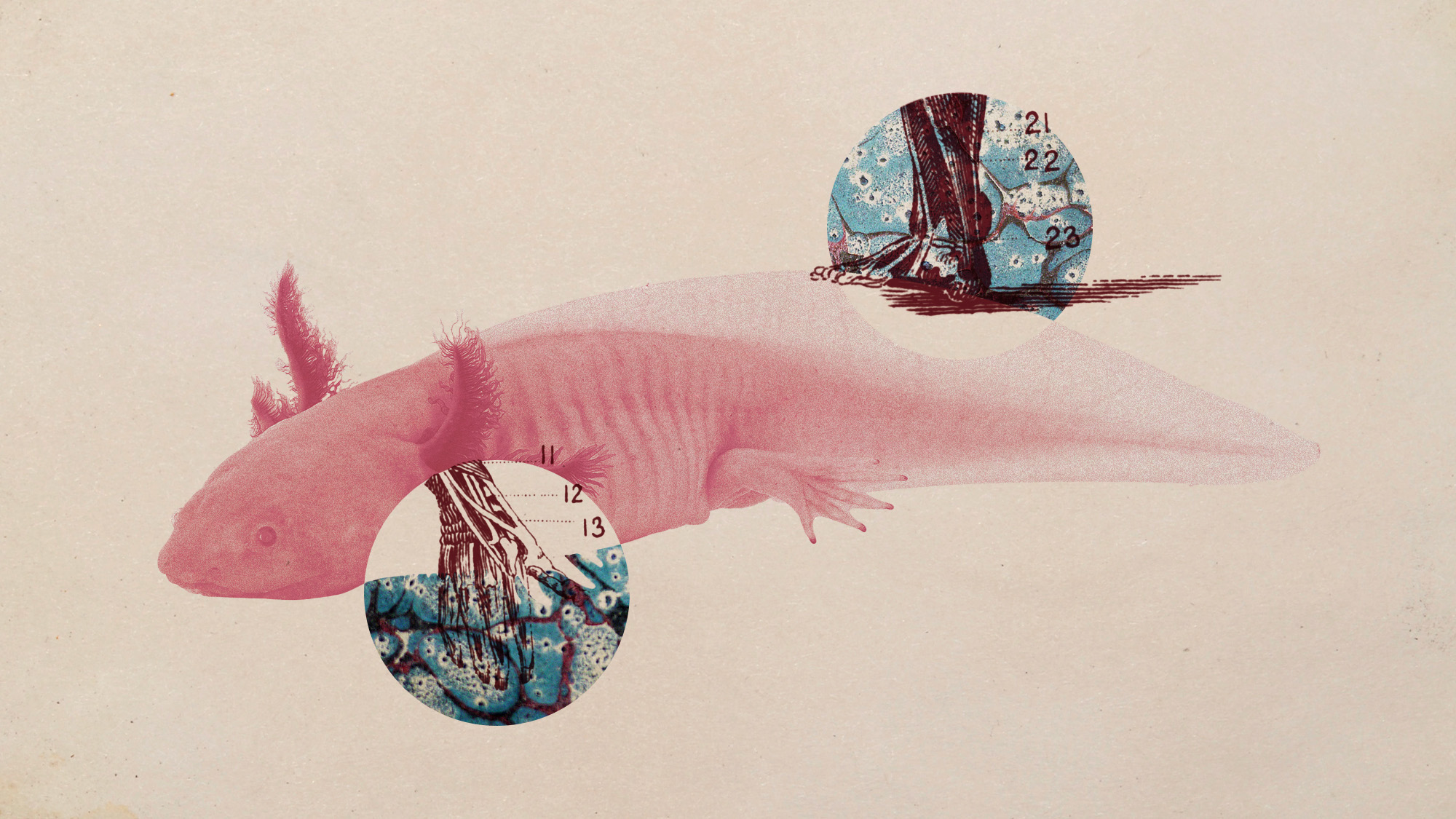 Scientists want to regrow human limbs. Salamanders could lead the way.
Scientists want to regrow human limbs. Salamanders could lead the way.Under the radar Humans may already have the genetic mechanism necessary
-
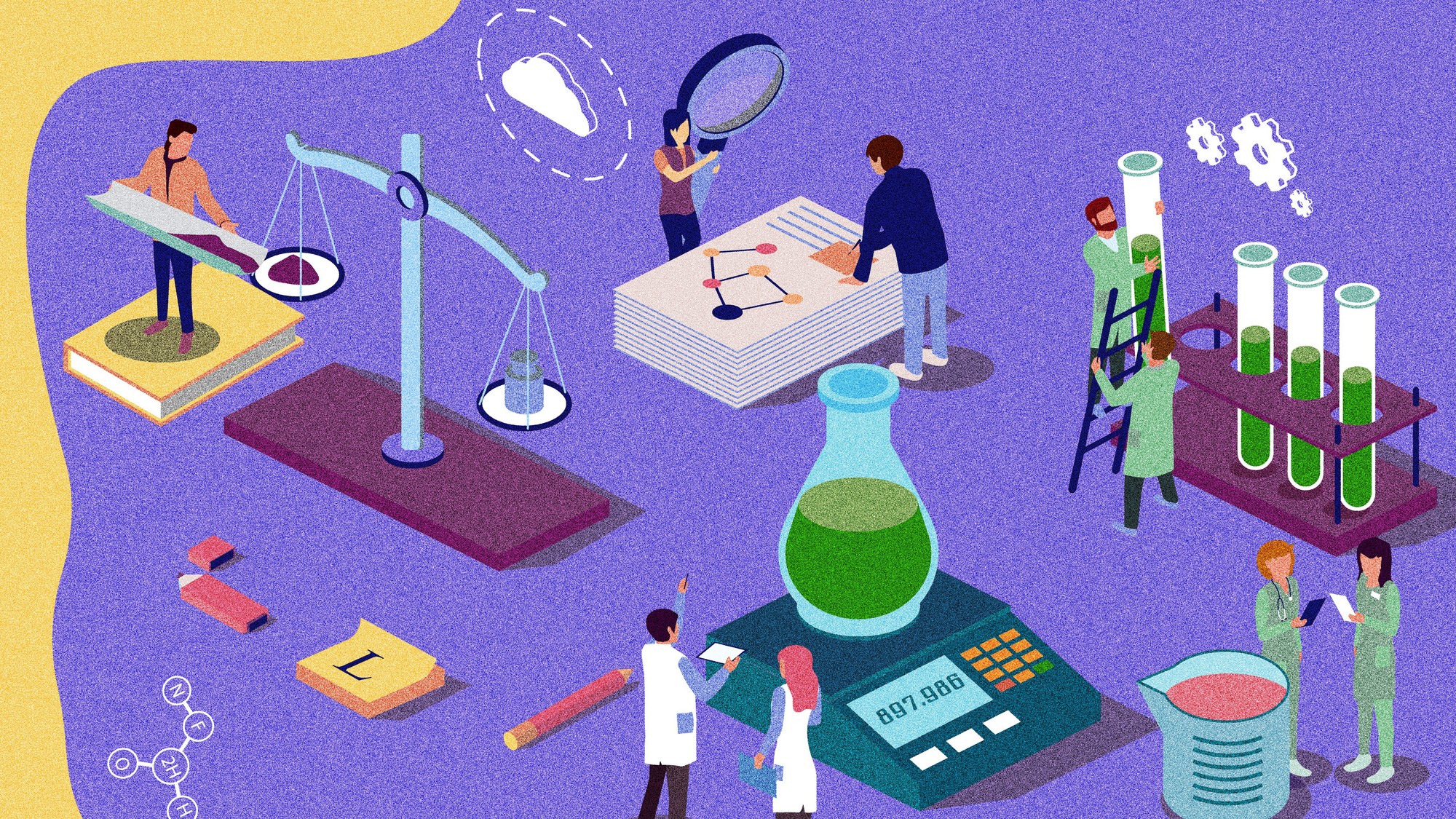 Is the world losing scientific innovation?
Is the world losing scientific innovation?Today's big question New research seems to be less exciting
-
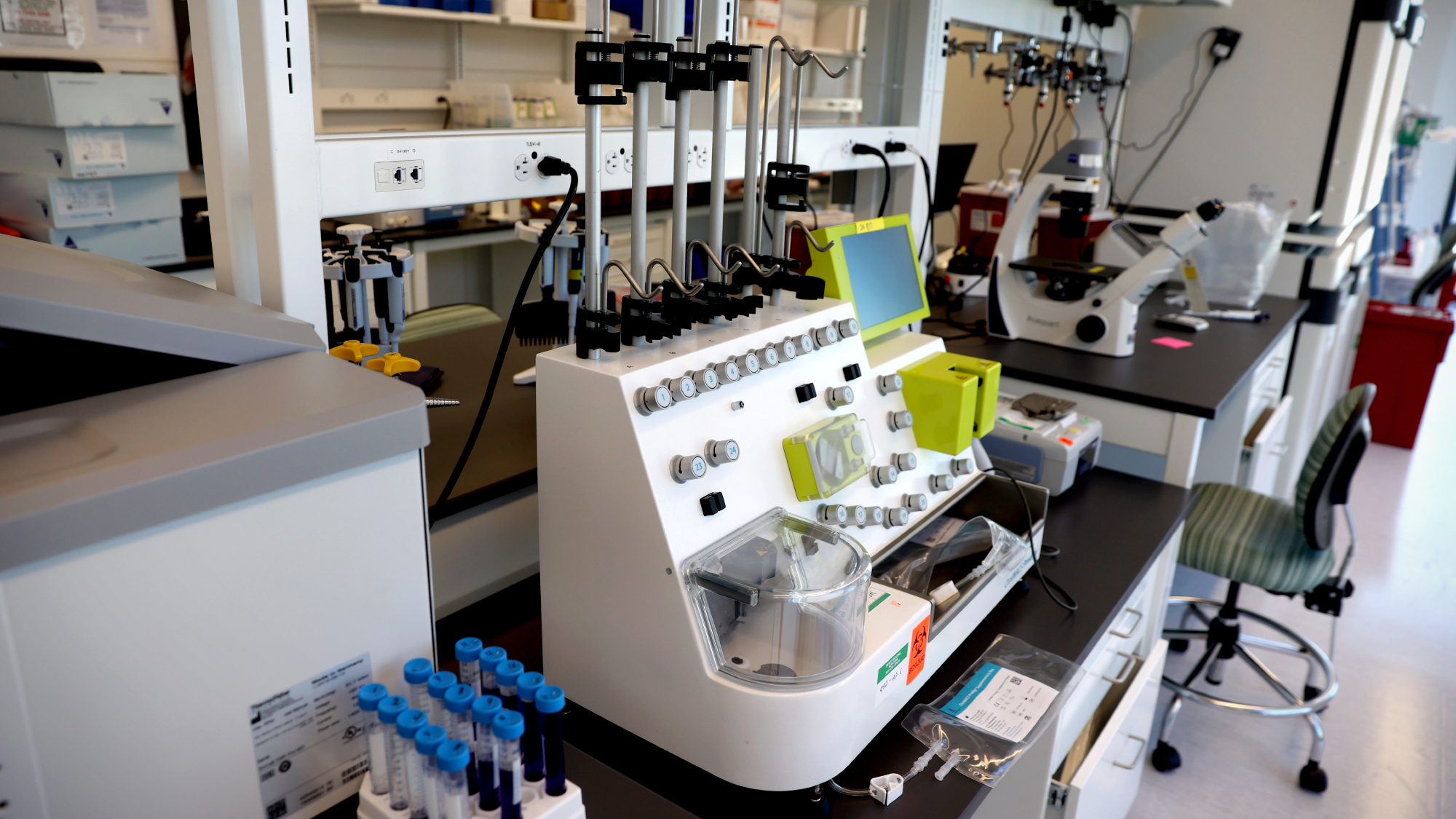 Breakthrough gene-editing treatment saves baby
Breakthrough gene-editing treatment saves babyspeed read KJ Muldoon was healed from a rare genetic condition
-
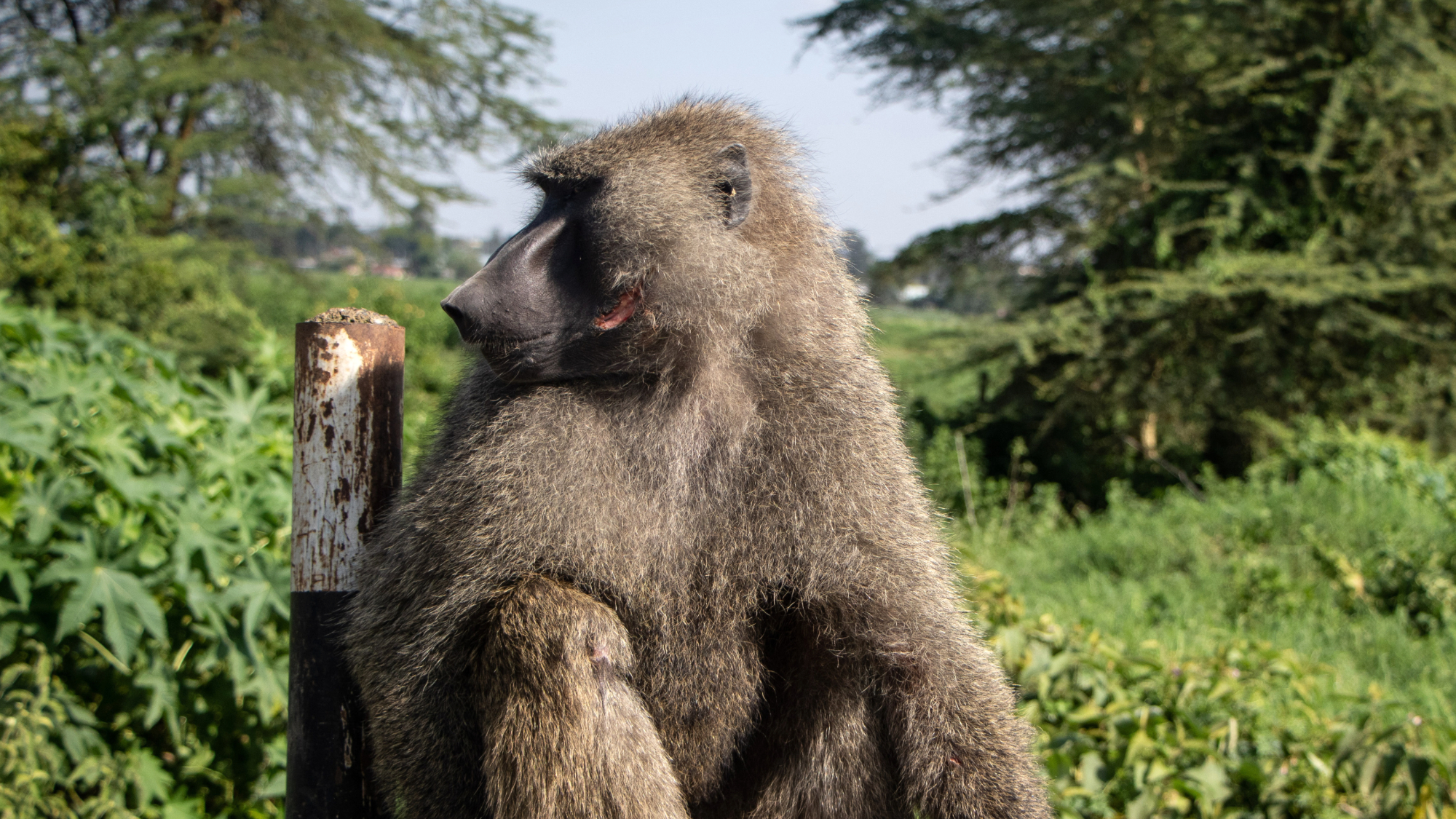 Humans heal much slower than other mammals
Humans heal much slower than other mammalsSpeed Read Slower healing may have been an evolutionary trade-off when we shed fur for sweat glands
-
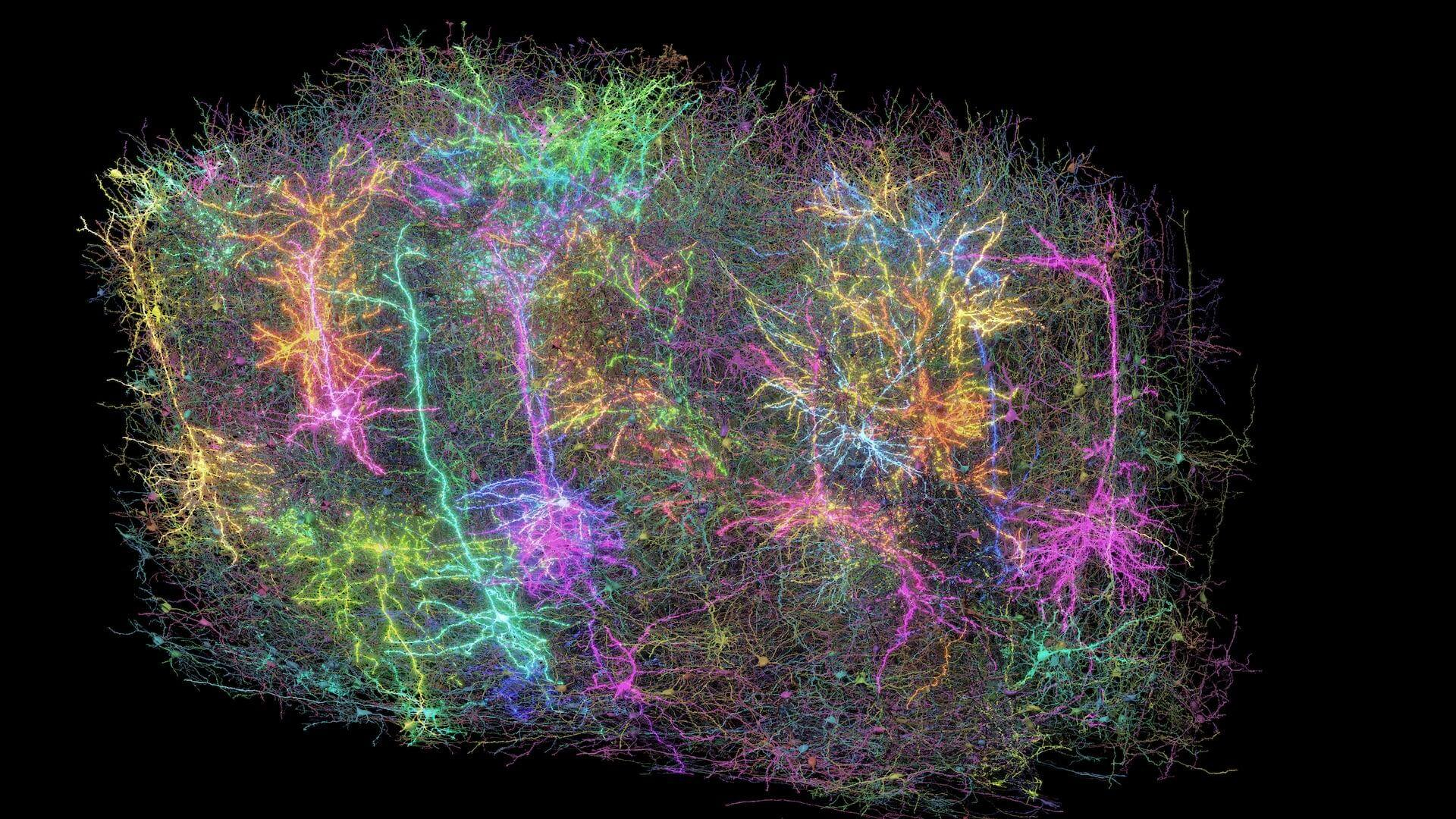 Scientists map miles of wiring in mouse brain
Scientists map miles of wiring in mouse brainSpeed Read Researchers have created the 'largest and most detailed wiring diagram of a mammalian brain to date,' said Nature
-
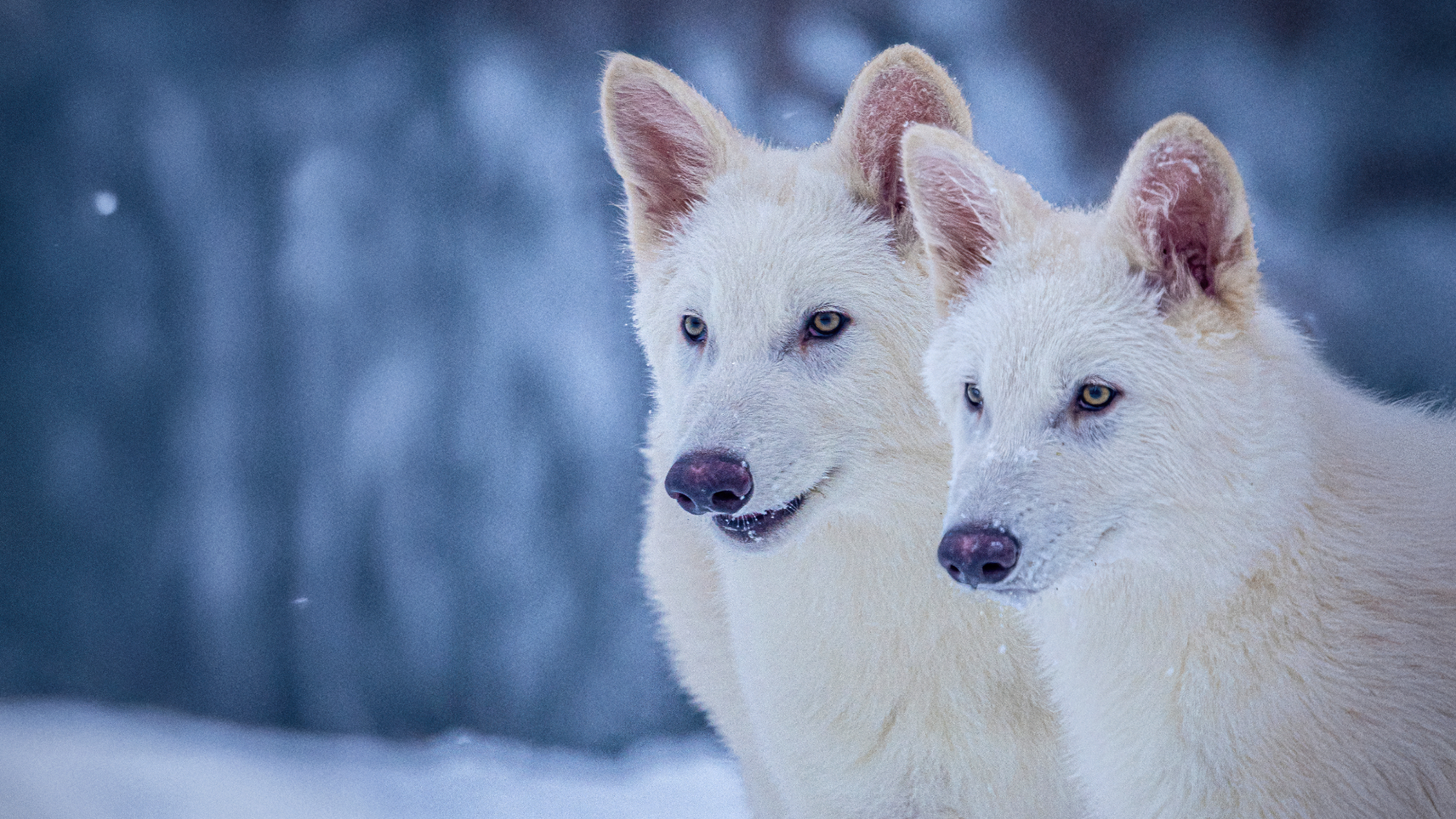 Scientists genetically revive extinct 'dire wolves'
Scientists genetically revive extinct 'dire wolves'Speed Read A 'de-extinction' company has revived the species made popular by HBO's 'Game of Thrones'